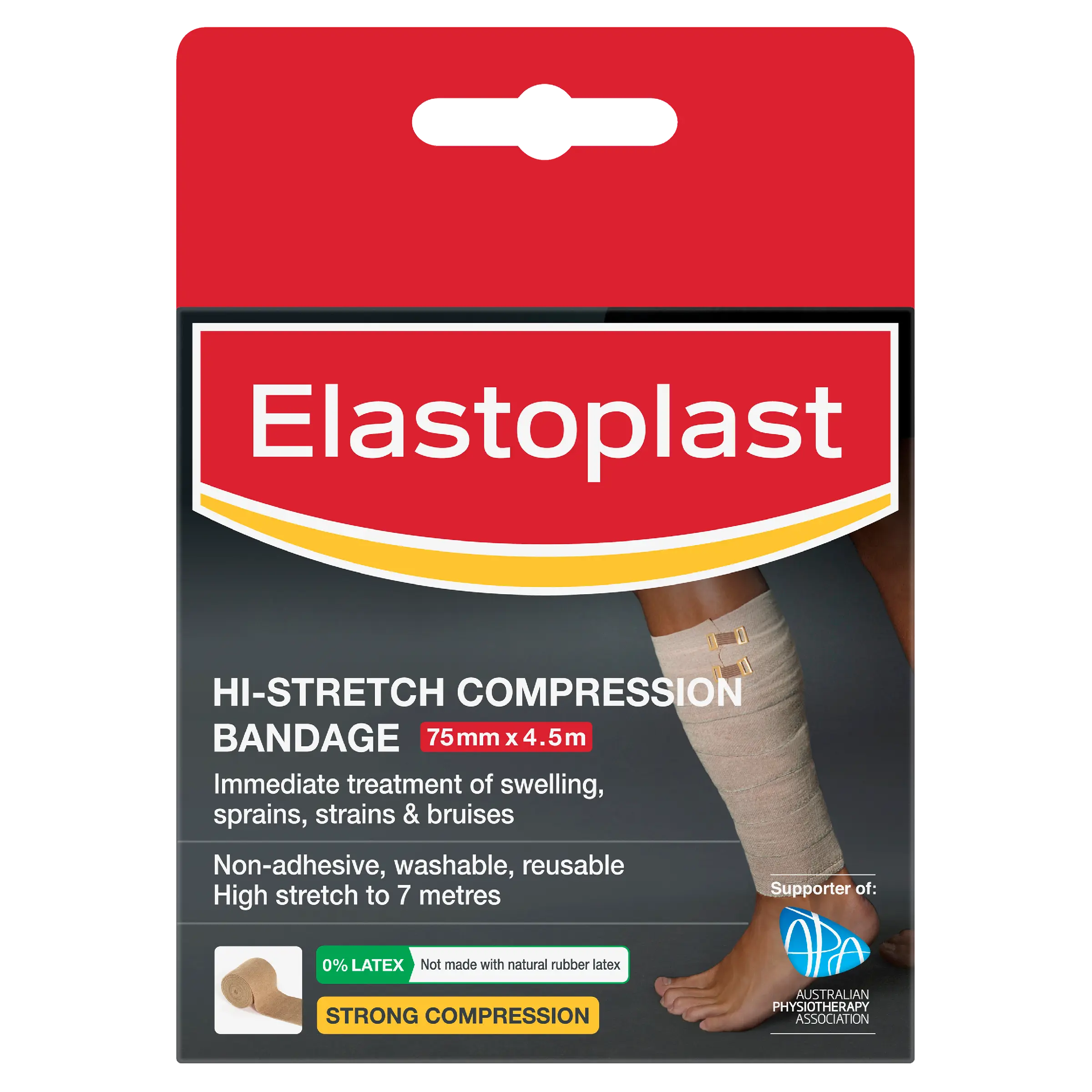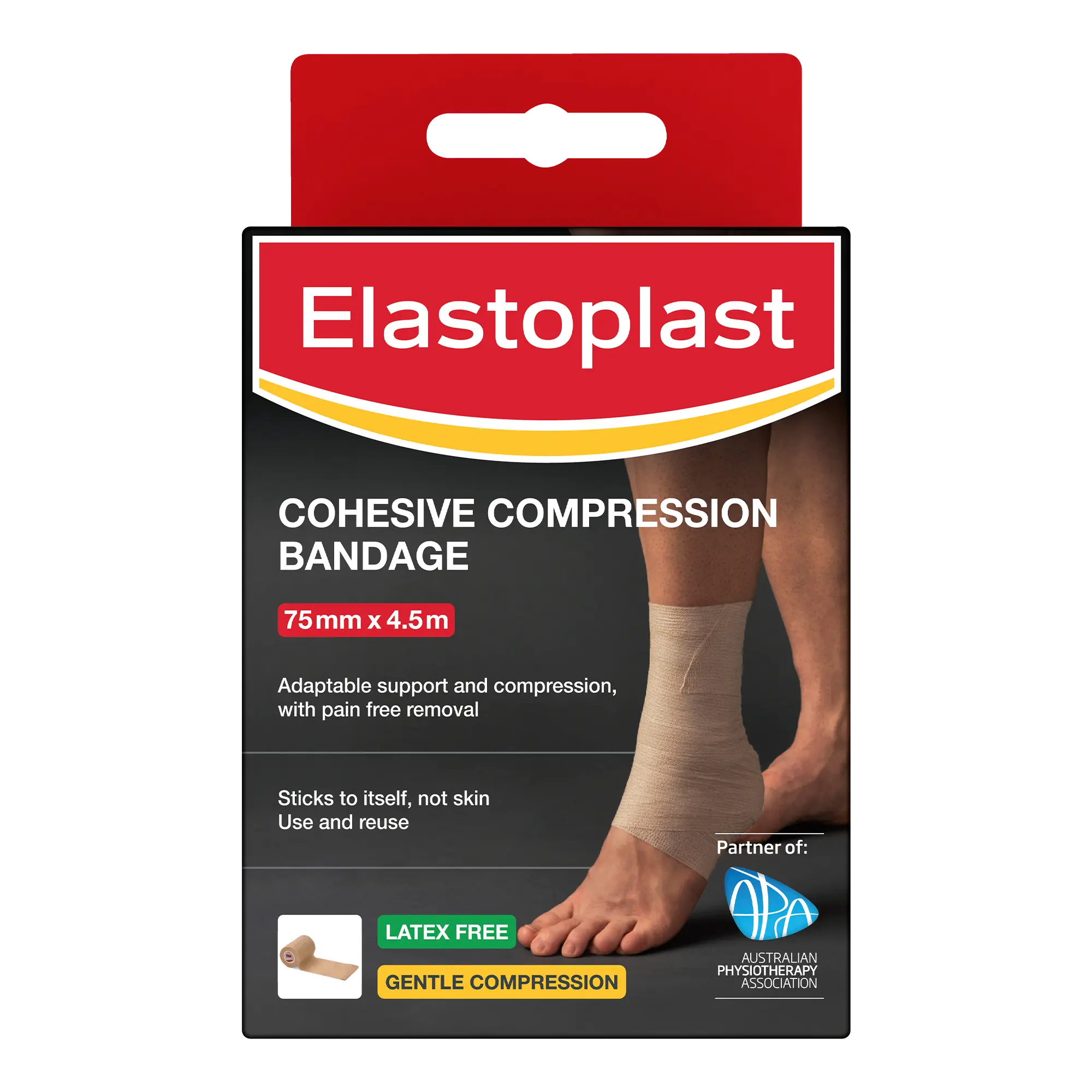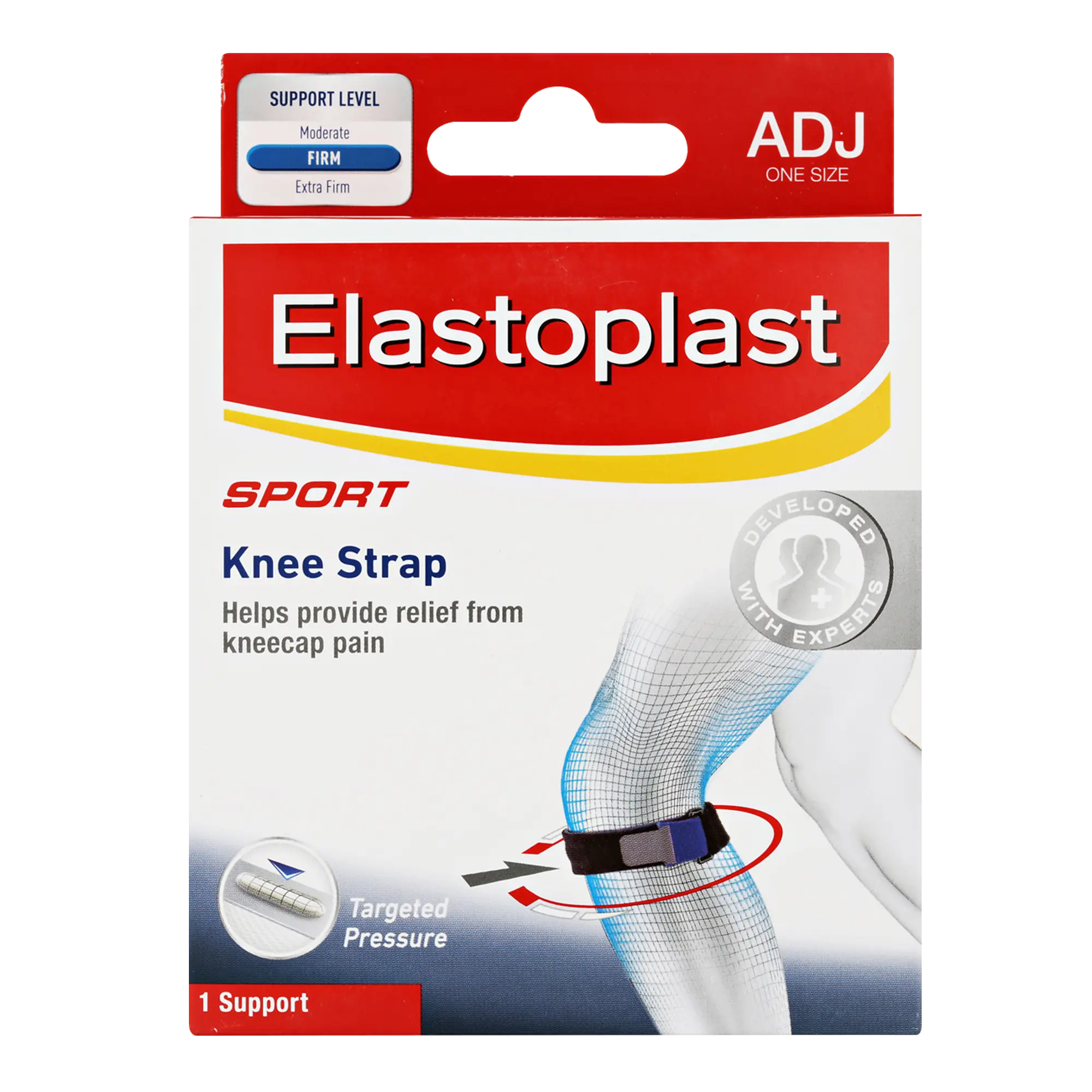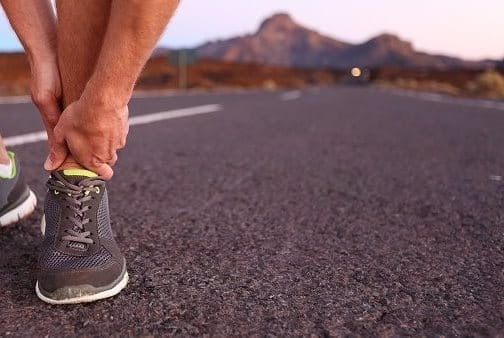Elastic Adhesive Bandage
Details
Elastic Adhesive Bandage
The Elastoplast Elastic Adhesive Bandage is ideal for stabilising joints, tendons and ligaments during vigorous exercise. Firmly wrap around the ankle, wrist, or any other highly-used joint to prevent injury caused by muscle stress and fatigue.
The cotton-based cloth construction allows this elastic adhesive bandage to remain breathable and strong, while still containing enough elasticity to allow for regular movement. An aggressive-sticking zinc oxide adhesive on the underside of the bandage means it will stay in place during rigorous physical activity.
The Elastoplast Elastic Adhesive Bandage also features a central yellow line that assists in the correct bandaging alignment.
While this elastic adhesive bandage is designed for injury prevention, it can also be used to support existing muscle injuries, such as hamstring or calf strains.
How To Use
Conduct a patch test on your arm or regularly taped area so that you can gauge if you are allergic to the rubber zinc oxide adhesive bandage.
Ingredients
| Code | Size | Quantity | Colour | Carton | |||||
|---|---|---|---|---|---|---|---|---|---|
| Code: | 37005 | Size: | 50mm x 3m | Quantity: | 1 Roll | Colour: | White | Carton: | 10 x 6 |
| Code: | 37007 | Size: | 75mm x 3m | Quantity: | 1 Roll | Colour: | White | Carton: | 10 x 6 |
FAQ (7)
-
1. How often should I change my plaster?
For hygienic reasons, it is recommended that you change Standard First Aid Dressings daily.
-
2. Is it better to let small wounds dry at the fresh air instead of putting on a plaster?
It is a commonly held myth about wound care that keeping minor cuts and grazes uncovered helps them to heal faster. The contrary is true! It is proven that covered wounds have a reduced risk of infection and heal more efficiently. Elastoplast plasters are the ultimate addition to your first aid supplies. They provide caring, antibacterial protection until the wounds are completely healed.
-
3. When should I consult a doctor?
We recommend contacting a medical professional under the following circumstances:
- If the wound is deep and causing major bleeding
- If the wound shows signs of infection such as redness, warmth, pain and swelling
- If there are embedded foreign objects in it
- In the case of animal or human bites
- If the wound is in the area of the face
Of course, whenever you have questions or are uncertain it is advisable to get in contact with a medical professional.
-
4. What if my wound gets infected, swells, creates pus, or suppurates?
You should contact a medical professional if you recognise any signs of infection. This is not only the occurrence of pus but also swelling, redness, heat, pain, itching or burning. In case of infection the wound will need medical care and special medical treatment.
-
5. Which plaster should I use for my sensitive skin?
If you have very sensitive skin we recommend using the Elastoplast Sensitive products. These plasters are especially developed for sensitive skin and are very skin friendly and hypoallergenic.
-
6. Which Elastoplast plaster are waterproof and water resistant?
The Elastoplast Aqua Protect Strips as well as the Heavy Duty Waterproof Fabric range are waterproof and will not go off while washing or showering. All Elastoplast Plastic plasters as well as the Junior plasters are water resistant.
-
7. What is an elastic support bandage?
An elastic support bandage is a stretchy piece of fabric that provides localised compression and support to almost any muscle or joint structure in the body. They need to be wrapped properly in order to provide adequate support, and are ideal for preventing strains, sprains and other minor injuries.
Elastic support bandages do this by limiting movement that would otherwise strain or overextend muscles and joints.
Bandages like the Elastoplast Elastic Adhesive Support Bandage are sticky on one side, allowing them to be self-securing and giving them extra utility. An elastic adhesive support bandage can be used as an overwrap, joint stabiliser or even to secure wound dressings.

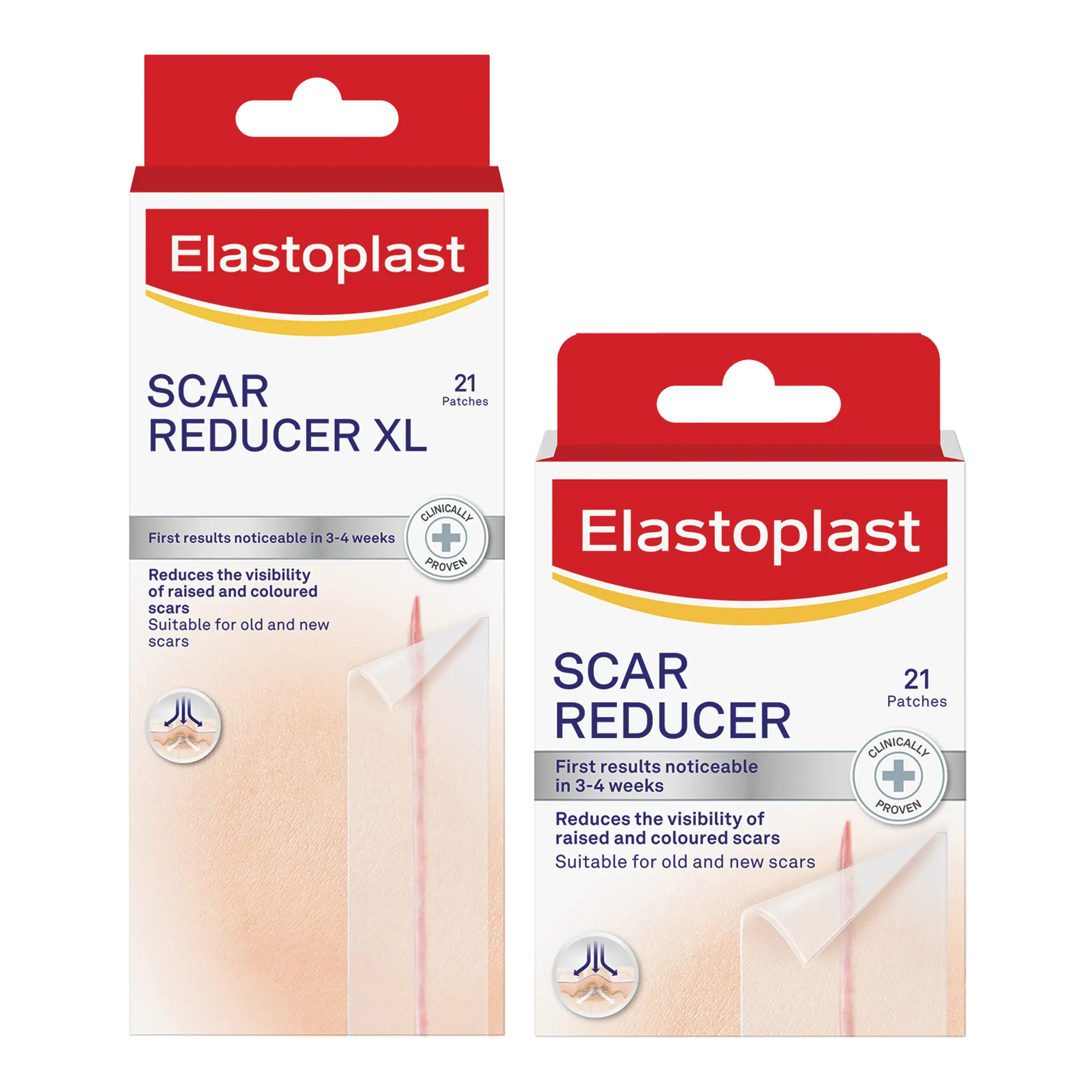
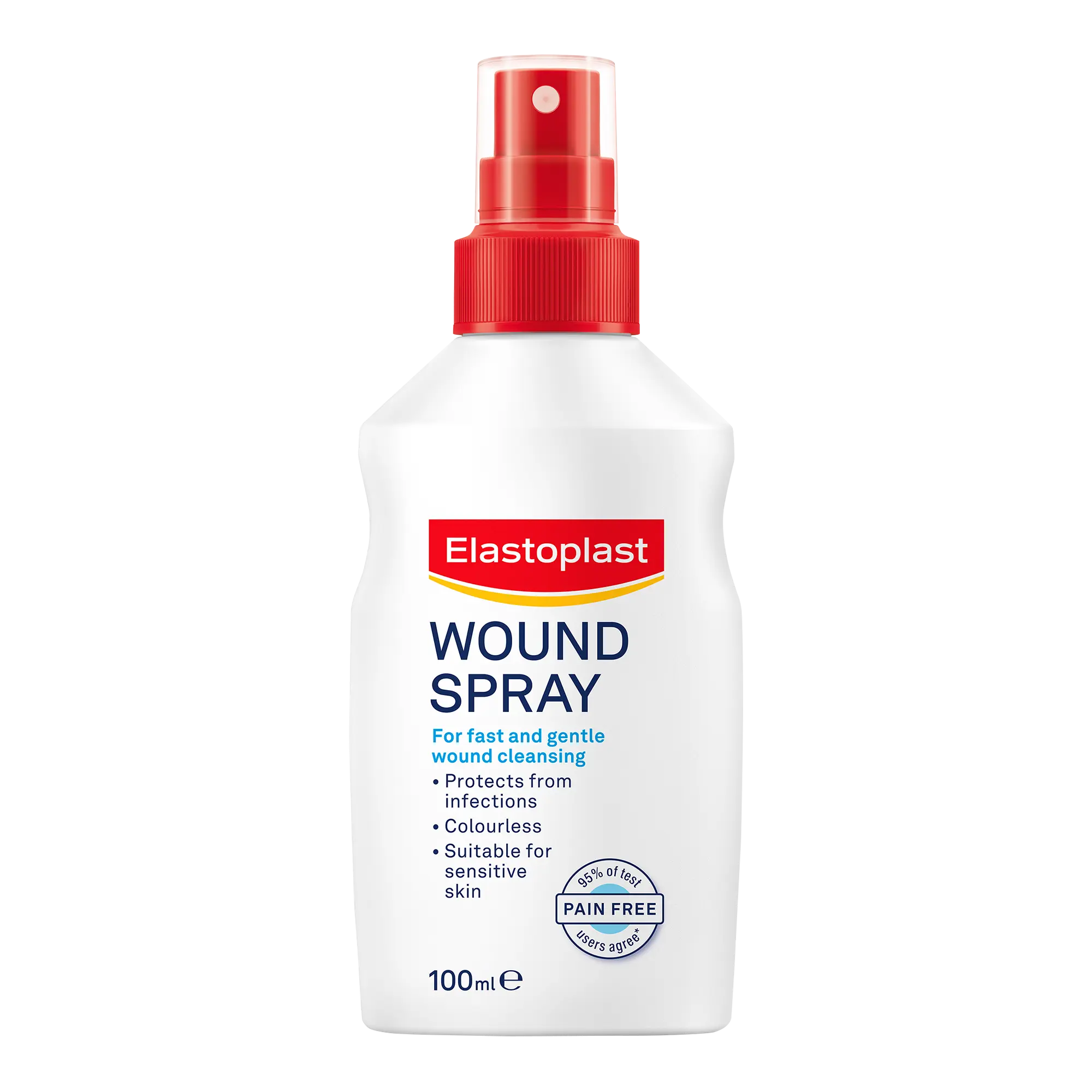
.webp?rx=0&ry=0&rw=2000&rh=2000&hash=510FCB364C70F926D86F8054D4970E8B)
